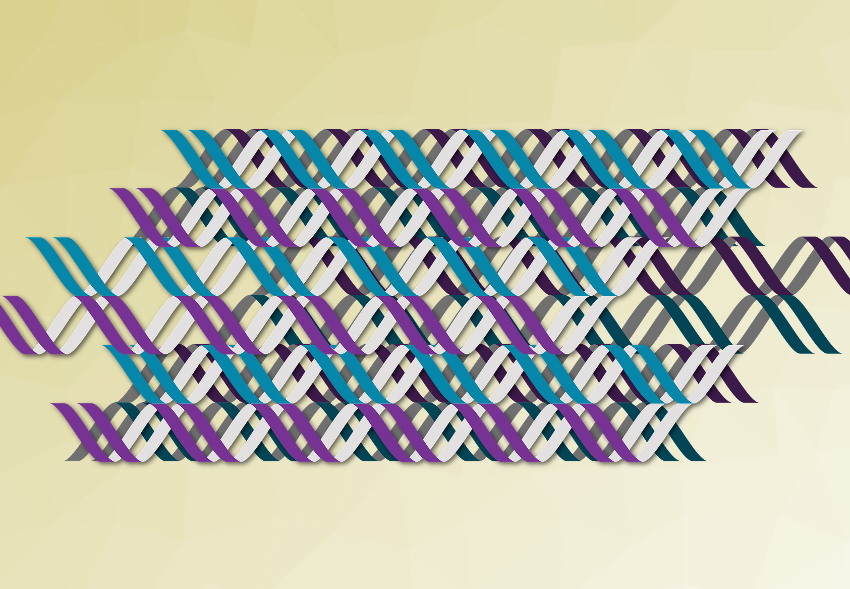When most people think of nanotubes, the immediate reaction is to think of carbon nanotubes. However, nanotubes can be made out of many different materials, for example, from ribonucleic acid (RNA).
Elisa Franco, University of California at Riverside and University of California, Los Angeles, USA, and colleagues have designed and characterized nanotubes composed of RNA. The researchers transcribed five different short strands of RNA from deoxyribose nucleic acid (DNA). Then they used wet chemical methods to produce the nanotubes via self-assembly. The products were characterized using, e.g., polyacrylamide gel electrophoresis (PAGE), fluorescence microscopy, and atomic force microscopy (AFM).
The RNA nanotubes contain double crossover junctions between the RNA strands and single-stranded sticky-end domains. The formation of the nanotubes depends on the crossover distance between the strands. The average length of the nanotubes produced was around 1.5 μm, with many of the nanotubes exceeding 10 µm in length. Many of the nanotubes possess a single-stranded “overhang”, which opens up the possibility of further functionalizing these structures.
- Design and Characterization of RNA Nanotubes,
Jaimie Marie Stewart, Cody Geary, Elisa Franco,
ACS Nano 2019.
https://doi.org/10.1021/acsnano.8b09421



![Synthesis of [c2]Daisy Chains via Mechanochemistry](https://www.chemistryviews.org/wp-content/uploads/2025/04/202504_RotaxanesWithSolidStateMechanochemistry-125x94.png)
